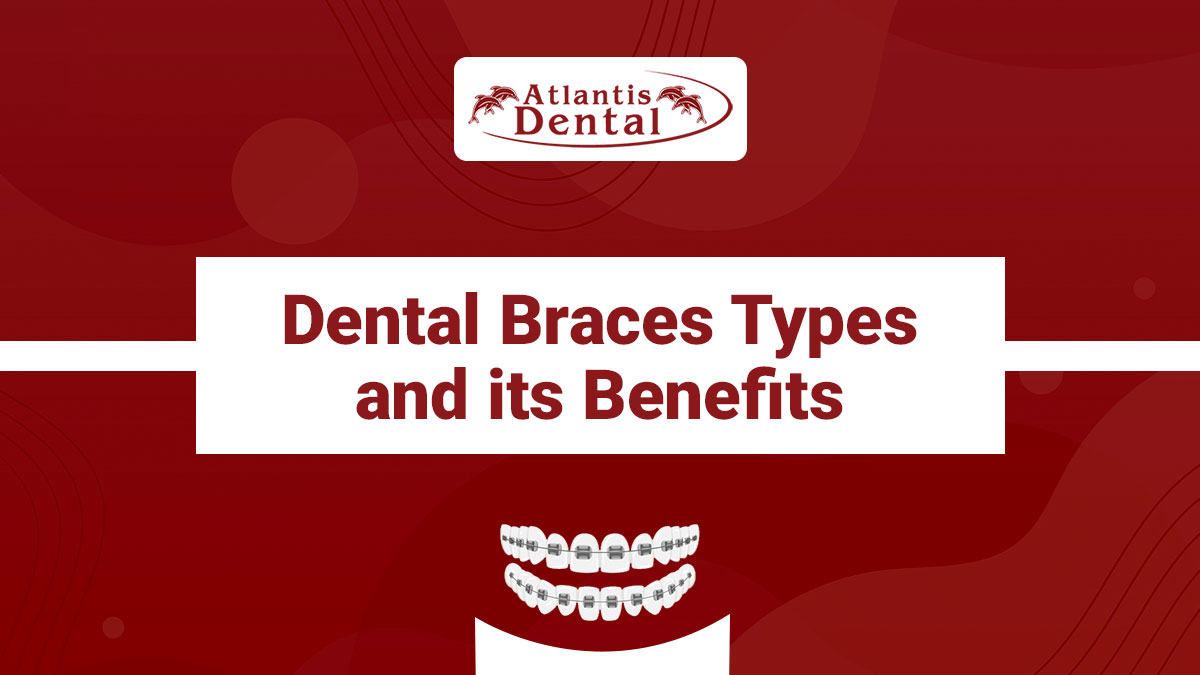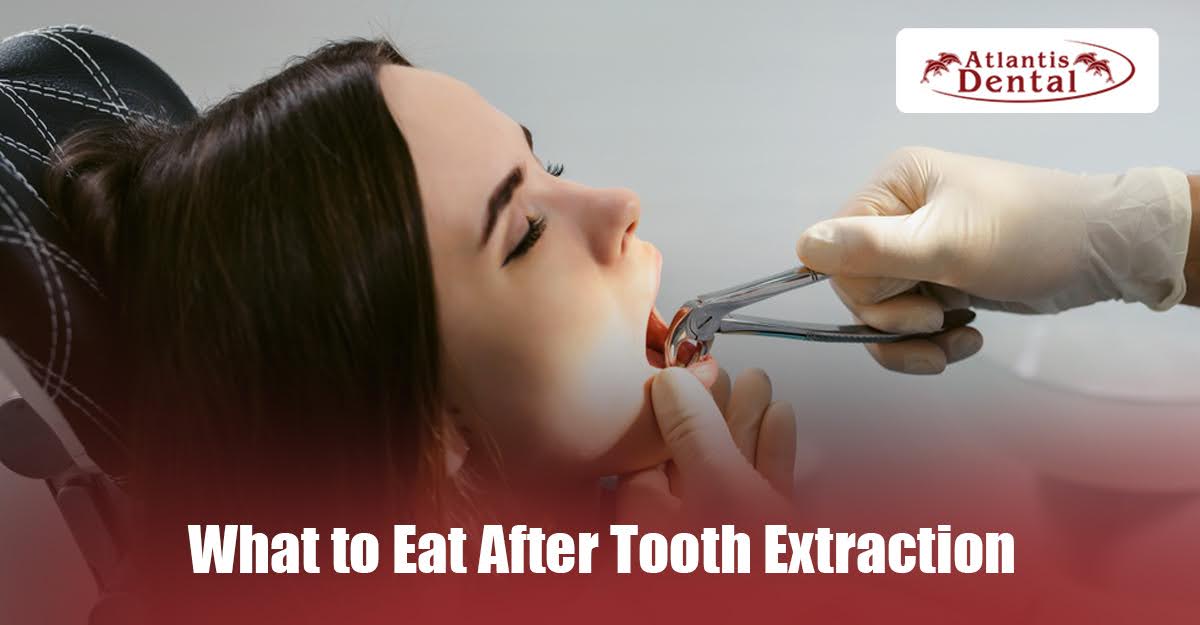
Types of dental braces
There are five different types of braces.
Metal Braces
Metal or traditional braces are the most popular braces worldwide and have been around for over 100 years now. Braces used to be relatively large and conspicuous. Braces are no longer the same as they were a century ago. Braces have grown more widespread as a result of advancements in invention and technology.
- Smaller
- Faster
- More Attractive
- More efficient
Children and adolescent patients are the most common recipients of metal braces. Braces are placed on the teeth, and a wire is used to join them. Elastic ties, which come in various colors, are used to secure the wire to the braces. At your sessions every 4-8 weeks, the orthodontist adjusts the wire to reposition the teeth.
Ceramic Braces
Ceramic braces are made of a translucent, tooth-colored material. They work in the same way that metal braces do. Still, they’re more modest and almost unnoticeable. Ceramic braces are preferred by patients who want to avoid the obvious look of the braces but still, they want to straighten their teeth discreetly and cost-effectively. The majority of these patients are teenagers and adults who are self-conscious about their appearance.
Ceramic braces are less apparent than metal ones. However, one must be aware that these braces are significantly larger than metal braces and that they can discolor depending on your diet and brushing habits. Although they are not for everyone, we believe they are essential in our orthodontic toolbox.
Self-ligating Braces
Self-ligating braces come in metal or clear/ceramic materials and work the same way as metal, and ceramic braces do. Braces and a wire are utilized to reposition the teeth in both circumstances. The difference between self-ligating braces and metal or ceramic braces is that self-ligating braces use A self-inbuilt slot in the brackets to hold the wire in place instead of elastic rubber ties.
Lingual Braces
Lingual braces, hidden beneath the teeth, are the most sophisticated and uncommon orthodontic system available. This is because they necessitate a unique combination of orthodontic abilities that few orthodontists devote the time to master. Because the use of lingual braces behind the teeth is not taught during orthodontic training, the orthodontist must learn how to use them independently.
We feel that lingual braces behind the teeth should be offered to all eligible patients as an option since they provide benefits that no other form of braces can match. Only a few advantages include:
- Perfect invisibility.
- Complete personalization of your specific teeth.
- Greater efficiency and versatility in select patients.
Clear Aligners and Invisalign
Clear aligners increased its popularity over the previous decade. Invisalign they were popularized, which became the leading brand of aligners in the early 2000s. Patients who previously had braces and merely need a “touch up,” as well as individuals with mild to moderate dental abnormalities such as misaligned teeth, a large overbite, no jaw alignment concerns, and gaps in their front teeth, would benefit from Invisalign (open bite). However, in comparison to braces, any transparent aligner system, including Invisalign, has substantial limitations in resolving complex problems or completing treatments. These types of aligners are highly comfortable for the patient as they are removable and possess no limitations for the patient during the phase of treatment.


